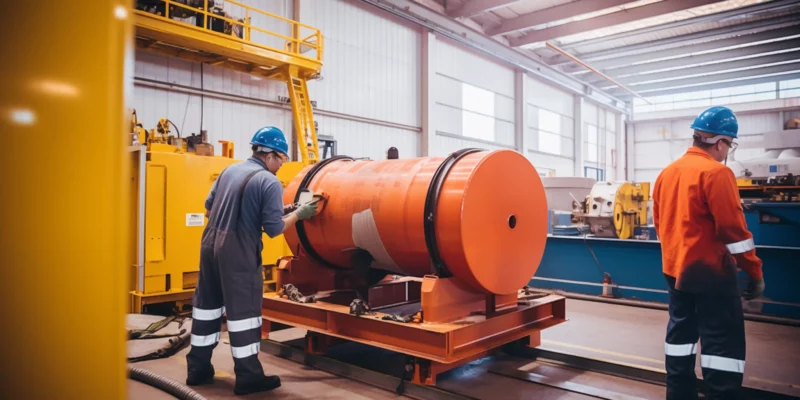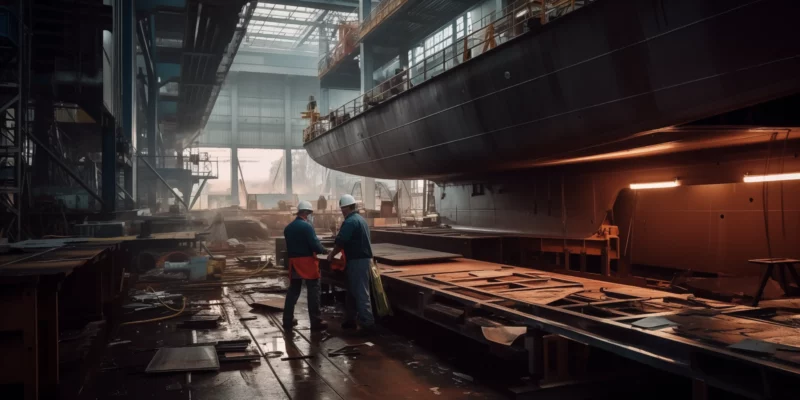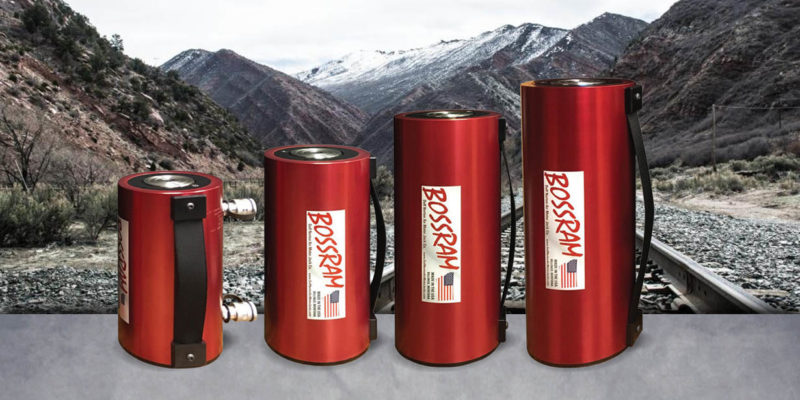The shipbuilding industry is one of the most complex and demanding sectors, requiring specialized equipment and highly skilled personnel to deliver efficient and reliable ship construction and repair services. As we reach 2024, we’re witnessing transformative developments in lifting equipment technologies, particularly in advanced air jacks, hydraulic jacks, and air motor jacks, which have been optimized to support the rigorous demands of shipbuilding and dockyard environments.
This insightful and intent-driven article aims to inform and educate professionals working in the shipbuilding industry about the innovative lifting equipment solutions that are revolutionizing the way they work, enhancing productivity, safety, and cost-effectiveness. By providing a detailed analysis of the latest air jacks, hydraulic jacks, and air motor jacks specifically designed for shipbuilding and dockyard applications, we aim to empower industry professionals with the knowledge they need to select and utilize the most appropriate and efficient tools for their specific requirements.
By delving into these essential topics, we will provide our readers with an in-depth understanding of the cutting-edge lifting equipment technologies and trends that are making a tangible impact on the shipbuilding industry. Our goal is to help those working in this challenging and vital sector make informed decisions about the tools they use, optimizing their operations, and achieving continued success in an increasingly competitive market.
Shipbuilding and Dockyard Efficiency: Innovative Lifting Equipment Solutions in 2024
1. Versatility and Adaptability
One of the most significant challenges in shipbuilding and dockyard operations is the need for versatile and adaptable lifting equipment solutions. In response, modern air jacks, hydraulic jacks, and air motor jacks have been designed with flexibility in mind, accommodating the diverse needs of this multifaceted industry.
These cutting-edge lifting tools offer exceptional adjustability, enabling operators to swiftly adapt to changes in project scope or load requirements. Their compact and portable design makes them ideal for use in confined or hard-to-reach spaces typically encountered in shipbuilding and dockyard environments. Furthermore, innovative features such as telescoping extensions, multi-loading capabilities, and incremental lifting adjustments allow for precise and controlled lifting operations tailored to the specific demands of each project.
2. Enhanced Lifting Capacity and Efficiency
The need for increased efficiency and productivity in shipbuilding and dockyard operations is driving the development of lifting equipment with enhanced capacities. In 2024, we’re witnessing remarkable advancements in air jacks, hydraulic jacks, and air motor jacks that offer increased lifting capacities of up to 150 tons, propelling the industry forward and enabling operators to handle even the most challenging tasks with ease.
These powerful lifting tools incorporate advanced technologies such as intelligent load-sensing systems, high-performance hydraulic pumps, and sophisticated control mechanisms, which together deliver unmatched lifting efficiency and speed. By streamlining operations, shipbuilders can meet demanding project schedules, reduce downtime, and optimize overall productivity.
3. Safety Innovations
Safety is a paramount concern in the shipbuilding and dockyard industry. To address this need, today’s air jacks, hydraulic jacks, and air motor jacks are engineered with state-of-the-art safety features designed to minimize risks and protect workers in these dynamic environments.
Key safety innovations integrated into modern lifting equipment include overload protection, anti-slip mechanisms, and fail-safe braking systems, all of which work in tandem to prevent accidents and ensure safe working conditions. Furthermore, well-designed ergonomics and user-friendly interfaces contribute to a reduced risk of human error, promoting safer and more efficient operation of these essential tools.
4. Customization and Specialized Solutions
Although advances in lifting equipment technologies have opened up new opportunities for shipbuilding and dockyard professionals, customized and specialized solutions remain crucial to maximizing efficiency and productivity. By working closely with clients, manufacturers are able to design and deliver tailored lifting equipment solutions that cater to each project’s unique requirements, ensuring optimal utilization of resources, time, and budget.
Factors such as lifting capacity, load dimensions, terrain, and project specifications are carefully considered during the customization process, resulting in purpose-built air jacks, hydraulic jacks, and air motor jacks that are ideally suited for specific applications within shipbuilding and dockyard operations.
The year 2024 marks a turning point for the shipbuilding and dockyard industry, as innovations in lifting equipment technologies such as air jacks, hydraulic jacks, and air motor jacks pave the way for increased efficiency, safety, and cost-effectiveness. By staying informed about these transformative advancements and adopting the latest in lifting equipment solutions, shipbuilding and dockyard professionals can optimize their operations, ensure the well-being of their workforce, and maintain a competitive edge in an ever-evolving market.
If you’re ready to explore how the latest in lifting equipment technologies can revolutionize your shipbuilding or dockyard business, don’t hesitate to get in touch with Duff-Norton Air Motor Jacks, a US jack company, today. We’re committed to helping you navigate the cutting edge of innovation and find the perfect tools to optimize your operations in 2024 and beyond.










